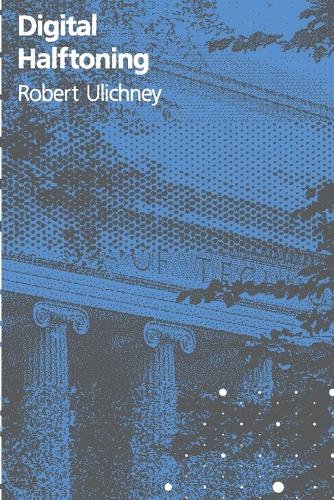
Digital Halftoning
(Paperback)
Publishing Details
Digital Halftoning
By (Author) Robert Ulichney
MIT Press Ltd
MIT Press
27th June 1987
United States
Classifications
Professional and Scholarly
Non Fiction
006.6
Physical Properties
Paperback
378
Width 152mm, Height 229mm, Spine 30mm
567g
Description
Digital Halftoning addresses the problem of developing algorithms that best match the specific parameters of any target display device. It is the first significant study of the process of producing quality images on practical computer displays.Along with text and graphics, images are fast becoming a generic data type for general-purpose computer systems. This poses new problems for the systems designer, who must be able to preprocess digital image data for a wide variety of video and hard copy displays. Digital halftoning, the method by which the illusion of continuous-tone images are created through the arrangement of binary picture elements, is a key component of any preprocessing. Digital Halftoning addresses the problem of developing algorithms that best match the specific parameters of any target display device. It is the first significant study of the process of producing quality images on practical computer displays. To aid the systems designer, Ulichney devises the concept of blue noise-which has many desirable properties for halftoning-and suggests efficient algorithms for its use. He also introduces new metrics for analyzing the frequency content of periodic and aperiodic patterns for both rectangular and hexagonal grids, and presents a unique "aspect ratio immunity" argument in favor of hexagonal grids. Included are several carefully selected digitally-produced images.
Author Bio
Robert Ulichney is Principle Engineer with the Digital Equipment Corporation.
